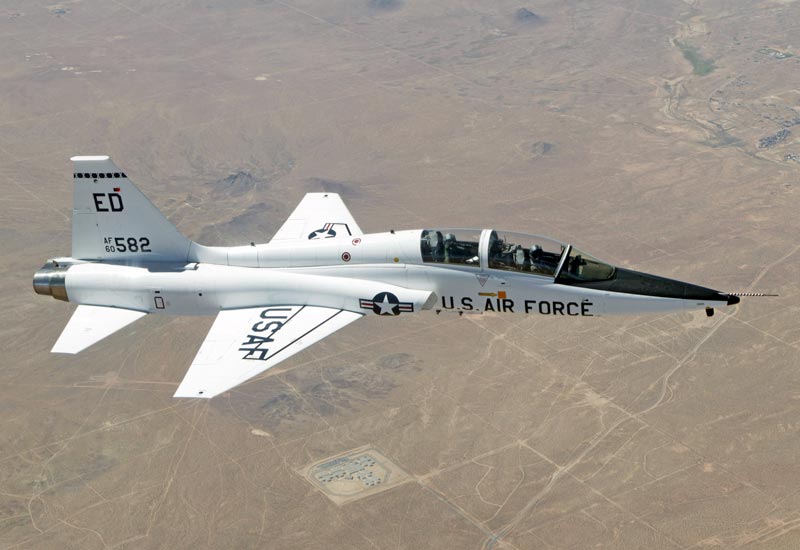Ahem. Y'all are overthinking the problem. Think inside the box...
- Suggest circa 1966, Johnson and McNamara grow a pair; delegate authority, change ROE and allow aggressive BVR engagements. No VID requirement and no "knife-fighting in a phone booth".
- Or... issue a seven-day demarche to alcon; and then Linebacker the VPAF airfields and all two (both of them) rail lines coming in from China. Give the Navy a piece and mine Haiphong Harbor. What fighter problem? No new US fighters or tech needed. Don't fight the VPAF game.
- Or just declare victory and go home. Mayhaps the Great Society didn't need to pick fights with what were considered Chinese Communist proxies. Especially as the Great Leap Forward progressed.
As Mighty Joe Cool asked on Yankee Station, "Are we trying to shave a few points, or throw the game?"
They did consider going home in 1966.
history.state.gov 3.0 shell

history.state.gov
109. Notes of Meeting1
Washington,
April 2, 1966, 1:30 p.m.
PRESENT
- President, Rusk, McNamara, Rostow, Moyers, Valenti
- President wanted the following done:
1. Invite publishers and editors to state dinners—and have them in earlier to lunch with the President and Rusk and McNamara.
Perhaps Rusk and McNamara could fly out and meet with various editorial boards—Louisville Courier Journal Times—the night newspapers—St. Louis Post Dispatch—Providence Journal.
Wants research done: in other emergency periods—isnʼt our position much better overall, economic, etc., than in other such periods.
On Vietnam:
1. Make every effort to keep Ky. But be ready to make terrible choice.
Perhaps take a stand in Thailand—or take someone else other than Ky.
2. McNamara said what happens to I Corps is not as important as to what happens to other corps. Thinks we ought to get rid of Tri Quang.
President said there are two basic things we need to do:
1. What do we do to preserve Ky? Thinks we ought to preserve him if possible.
2.
Prepare fallback position. Involves talking to Buddhists and if necessary,
get out of I Corps area and even Vietnam.
McNamara said Lodge ought to have it out with Tri Quang. Quang needs to know what situation is and how prepared we are to clear out of I Corps area. We need to know if Quang really wants us out—for if he does, we better get out now. But McNamara thinks that Quang believes that we are committed.
President said to send Lodge a cable telling him to get in touch with Quang now and get tough with him.
2
[Here follows discussion of Indira Gandhi.]
- Source: Johnson Library, Meeting Notes File. No classification marking. Valenti took the notes. The meeting was held in the family dining room on the second floor of the White House.↩
- Telegram 2950 to Saigon, April 2, passed on the “suggestions” that came out of this 1:30 meeting. Rusk asked Lodge to consider meeting again with Tri Quang “to disabuse him of idea that the American commitment will tolerate division or discord from within or will permit Communist leaders or sympathizers to achieve their purposes through our leniency.” (Ibid., National Security File, Country File, Vietnam, NODIS, vol. 3)↩

